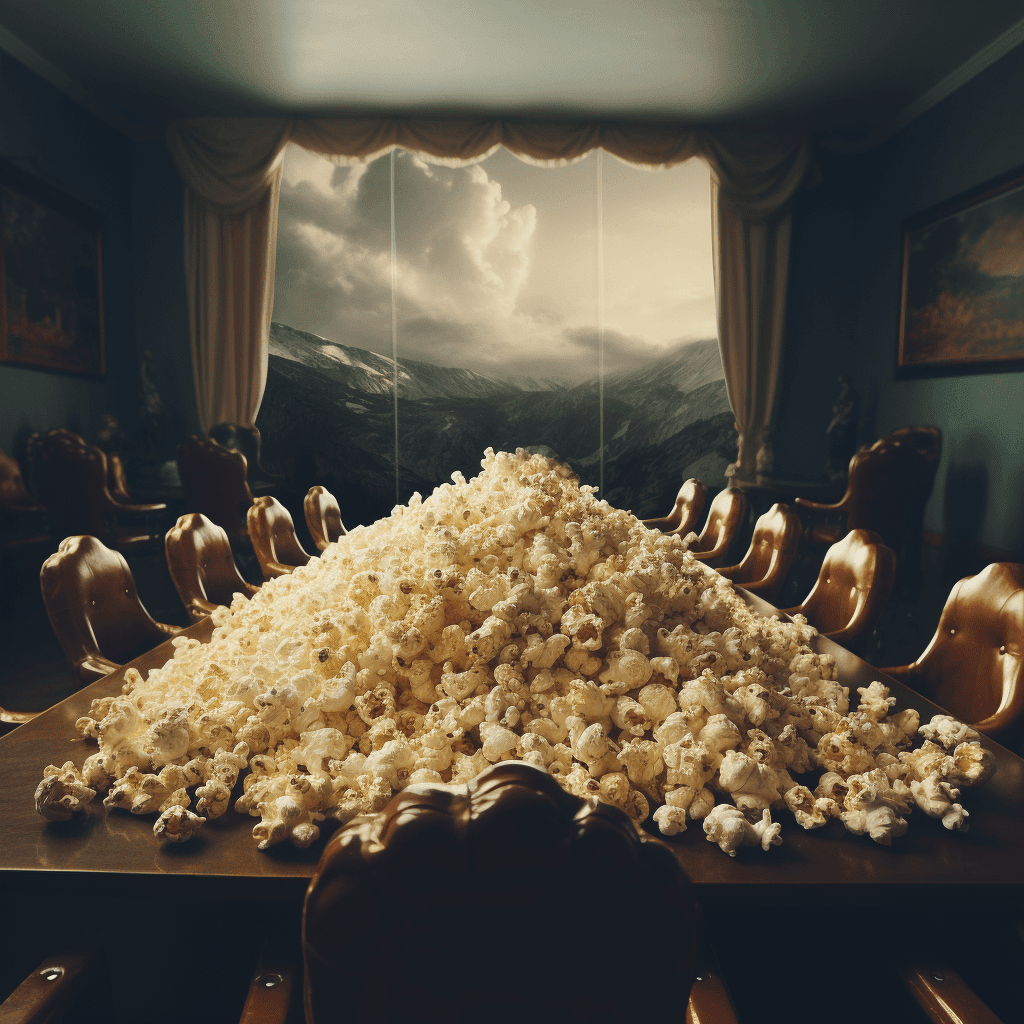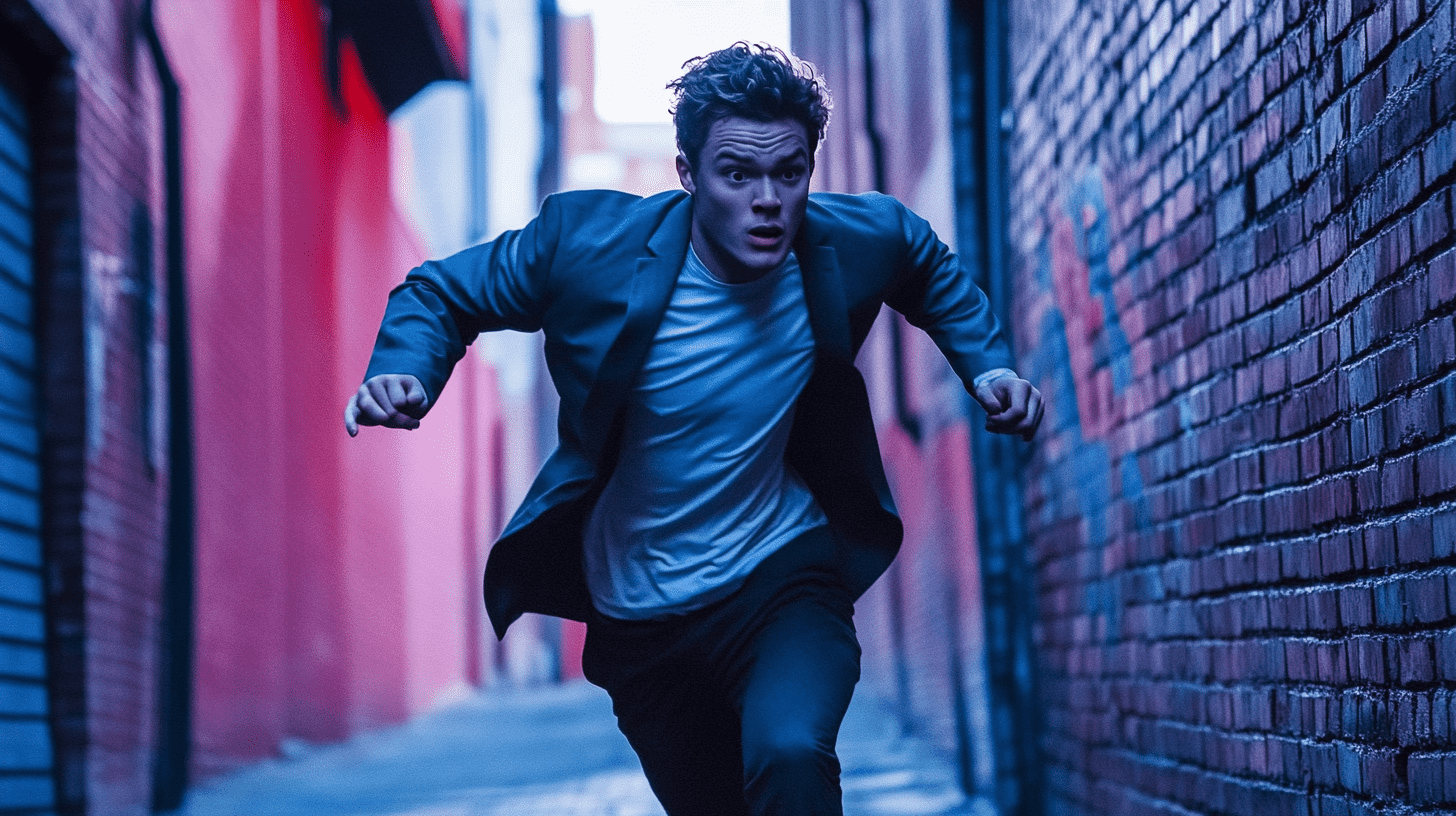Ad Blocker Detected
We use ads to keep this site running, so please consider disabling your ad blocker. Thank you!
Do not know how to disable ad blocker? Check out this article: How to disable ad blocker?
What's After the Blog?
History • Genres
Romantic Comedies: Evolution of the Genre Through Decades
Explore the captivating evolution of romantic comedies through the decades, highlighting how the genre has adapted to changing societal norms, technology, and gender roles.
March 10, 2024

Movies mentioned in this article
Romantic Comedies: Evolution of the Genre Through Decades
Introduction: The Enduring Appeal of Romantic Comedies
Romantic comedies, affectionately known as rom-coms, have been a beloved staple in the world of cinema for decades. This genre, centered around the themes of love, humor, and often a happy ending, has captivated audiences across generations with its charming blend of romance and comedy. The appeal of romantic comedies lies in their ability to provide escapism while often reflecting the societal norms and cultural trends of their times. From the witty banter and mistaken identities in classic films to the more recent exploration of modern relationships, rom-coms have continuously evolved while retaining their core element – the pursuit of love. Films like It Happened One Night (It Happened One Night) and The Philadelphia Story (The Philadelphia Story) set the benchmark for the genre, creating a blueprint that has been adapted and reinterpreted through the decades.
The Early Days: Romantic Comedies in the Golden Age of Hollywood
The genesis of the romantic comedy genre can be traced back to the Golden Age of Hollywood, where the genre flourished under the studio system. In the 1930s and 1940s, romantic comedies were characterized by their witty dialogue, screwball elements, and often a social commentary underpinning the romance. This era saw the emergence of films like It Happened One Night, a seminal work that won five Academy Awards and established the template for many romantic comedies that followed. The movie’s blend of humor, romance, and a social cross-section was a novelty at the time. Another classic, The Philadelphia Story (The Philadelphia Story), showcased the comedic talents of its stars while providing a nuanced look at love and relationships in high society.
“How did romantic comedies change in the 1950s and 1960s?” During these decades, the genre began to evolve, reflecting the post-war optimism and the changing social dynamics. Films like Roman Holiday (Roman Holiday) and Breakfast at Tiffany’s (Breakfast at Tiffany’s) offered more than just romantic escapades; they delved into themes of freedom, self-discovery, and the complexities of modern love. These movies resonated with audiences of the time, reflecting their aspirations and the shifting cultural landscape. The charm and elegance of stars like Audrey Hepburn and Gregory Peck in these films left an indelible mark on the genre, influencing the style and tone of romantic comedies for years to come.
The 1970s and 1980s: Romantic Comedies and the Changing Social Landscape
The 1970s and 1980s witnessed a significant transformation in the romantic comedy genre, mirroring the evolving social landscape and the rise of more complex character narratives. During these decades, rom-coms began to challenge traditional norms and explore a broader range of relationships and social issues. The 1970s, with the backdrop of the sexual revolution and feminist movement, saw romantic comedies tackling more mature themes and presenting stronger, more independent female characters. Woody Allen’s Annie Hall (Annie Hall) is a prime example, offering a more realistic and introspective look at relationships, departing from the idealistic portrayals of romance in earlier decades.
The 1980s continued this trend, blending romance with elements of drama and realism. Movies like When Harry Met Sally (When Harry Met Sally) broke new ground by exploring the dynamics of male-female friendships and the possibility of romance evolving from them. This era also saw the rise of high-concept romantic comedies, where an unusual premise or twist added another layer to the traditional love story. Films like Splash and Big combined fantastical elements with romance, creating memorable and endearing stories that resonated with audiences. The 1980s also marked the emergence of teen rom-coms, such as Sixteen Candles (Sixteen Candles) and The Breakfast Club (The Breakfast Club), which spoke directly to the experiences and emotions of a younger audience.
The 1990s: The Golden Era of Rom-Coms
Often regarded as the golden era of romantic comedies, the 1990s brought some of the most iconic and enduring films in the genre. This period was characterized by a perfect blend of charm, humor, and romance, coupled with memorable characters and engaging plots. Movies like Pretty Woman (Pretty Woman) and 10 Things I Hate About You (10 Things I Hate About You) not only captivated audiences but also left a lasting impact on popular culture. These films balanced traditional romantic themes with contemporary sensibilities, often featuring strong, relatable female leads and a more equitable approach to gender dynamics in romance.
“What characterizes modern romantic comedies?” In answering this, the 1990s set the stage for the modern rom-com. The films from this era started to move away from the clichés and tropes that dominated earlier decades and began embracing more diverse narratives and complex characters. The genre also saw an increased focus on witty, intelligent scripts, and a more grounded approach to storytelling, making the films more relatable to a modern audience. The popularity of these movies in the 1990s paved the way for the next generation of romantic comedies, setting new standards in storytelling, character development, and genre innovation.
The 2000s to Present: Diversification and Modern Challenges
The new millennium marked a significant shift in the romantic comedy genre, characterized by greater diversification and a response to modern societal challenges. “What characterizes modern romantic comedies?” In recent decades, the genre has embraced a wider array of stories and perspectives, reflecting the growing diversity of audiences and societal changes. Films like Crazy Rich Asians (Crazy Rich Asians) and To All the Boys I’ve Loved Before (To All the Boys I’ve Loved Before) represent a move towards inclusivity, featuring non-traditional leads and exploring cultural dynamics previously underrepresented in mainstream rom-coms.
Additionally, modern romantic comedies have adapted to address contemporary issues, such as online dating, gender identity, and career-oriented lifestyles. Movies like The Holiday (The Holiday) and 500 Days of Summer (500 Days of Summer) offer a more nuanced and realistic portrayal of love and relationships in the 21st century. These films often blend romance with other genres, such as drama or indie, to create a more layered and complex narrative. The result is a genre that is more reflective of the complexities of modern love, catering to an audience with evolving tastes and expectations.
Conclusion: The Future of Romantic Comedies
In conclusion, the evolution of the romantic comedy genre through the decades has been a mirror to the changing societal norms, expectations, and cultural shifts. From the early screwball comedies of the 1930s to the more diverse and complex narratives of today, rom-coms have continuously adapted to remain relevant and engaging. The future of romantic comedies looks promising, as the genre continues to evolve and resonate with new generations of moviegoers.
As we anticipate the next chapter in the story of romantic comedies, it’s clear that the genre will continue to charm and entertain, while reflecting the ever-changing landscape of human relationships. For more insights into the evolution of film genres and the magic of cinema, be sure to visit What’s After the Movie for a wide array of engaging content and discussions.
The Role of Technology and Social Media in Modern Rom-Coms
The advent of technology and the rise of social media have significantly influenced modern romantic comedies, both in terms of narrative content and how these films are consumed. With the digital age reshaping how people communicate and form relationships, rom-coms have incorporated these elements into their stories. Films like You’ve Got Mail (You’ve Got Mail), one of the first to explore online dating, paved the way for others to follow suit. More recent examples, like The Perfect Date (The Perfect Date) and He’s Just Not That Into You (He’s Just Not That Into You), delve into the complexities of finding love in the era of social media and dating apps, reflecting the current dating landscape.
The impact of technology is not limited to the themes explored in these films; it has also transformed how audiences engage with the genre. Streaming platforms have made rom-coms more accessible than ever, allowing viewers to discover a broader range of films, including indie productions and international titles. This shift has led to a democratization of the genre, where smaller films with unique perspectives can find an audience and thrive alongside big studio productions.
Evolution of Gender Roles and Stereotypes in Rom-Coms
Over the decades, romantic comedies have played a significant role in both reinforcing and challenging gender roles and stereotypes. Early rom-coms often portrayed women in traditional roles, focusing on their pursuit of marriage and romantic fulfillment as primary goals. However, as societal attitudes towards gender evolved, so did the genre. Films began to feature more independent and career-oriented female protagonists, challenging the conventional narrative of women being dependent on men for happiness and success.
This shift is evident in movies like Legally Blonde (Legally Blonde) and Bridget Jones’s Diary (Bridget Jones’s Diary), where the female leads are complex characters with goals and aspirations beyond their romantic interests. Similarly, the portrayal of men in rom-coms has evolved, moving away from stereotypical alpha-male characters to more sensitive and emotionally expressive roles, as seen in films like About Time (About Time) and Crazy, Stupid, Love (Crazy, Stupid, Love). This evolution reflects a broader cultural shift towards more nuanced and equitable representations of gender in cinema.
Continue reading

What's After the Movie?
Not sure whether to stay after the credits? Find out!
Check out our other apps:
Actors
Companies
Latest Movies
© 2025 What's After the Movie. All rights reserved.
























